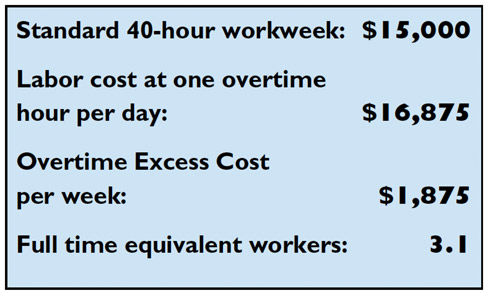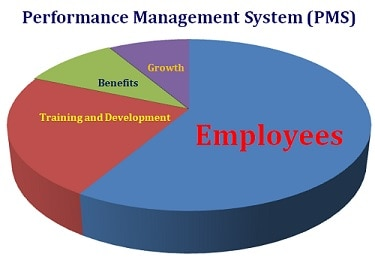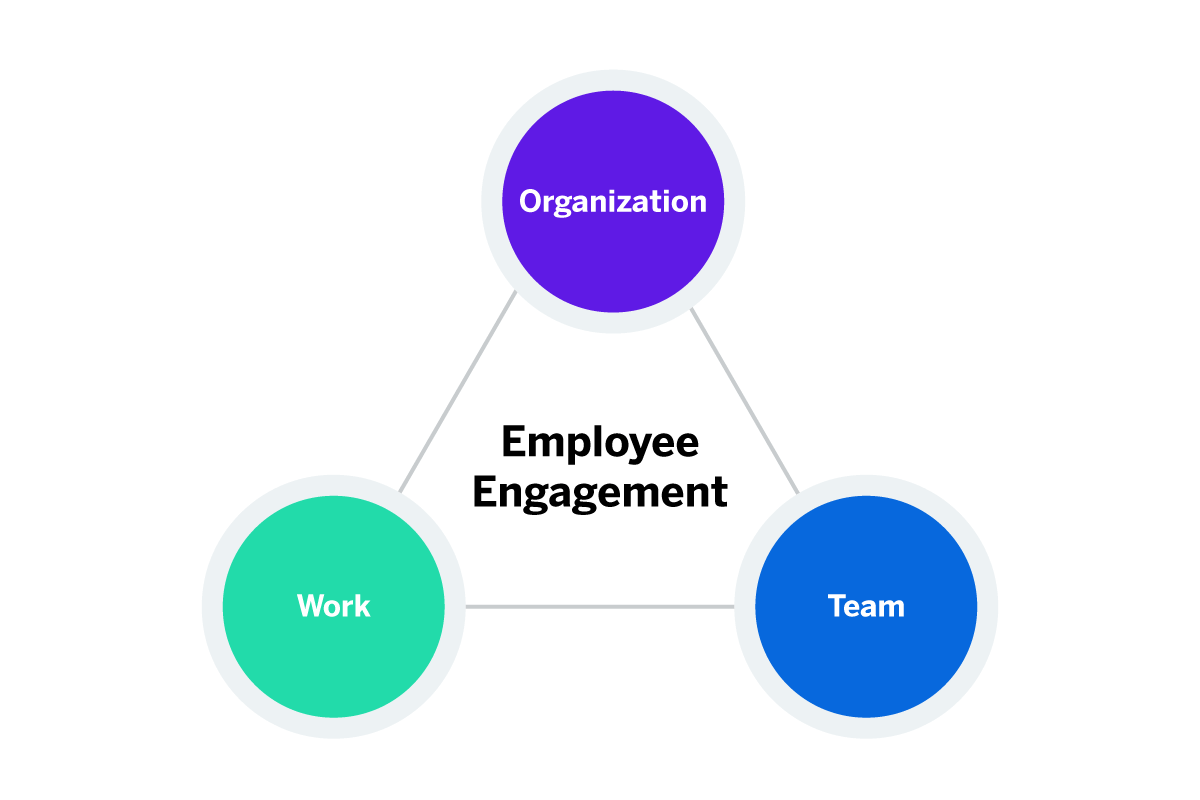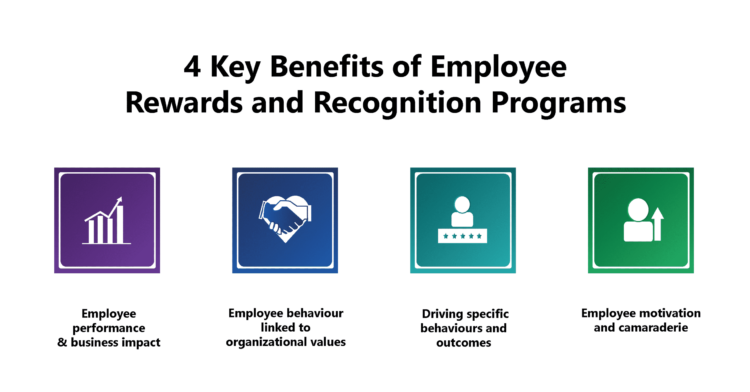“You cannot push anyone up the ladder unless they are willing to climb.” –Andrew Carnegie
There’s no question that HR is a critical piece of any retail operation. But with today’s competitive landscape, it can be tough to create an HR strategy that works well and delivers results. This blog discusses some successful HR strategies and examples from industry that work. So whether you’re just starting out or you’re looking for ways to improve your strategy, read on for inspiration!
What is Strategic Human Resources Management (Strategic HRM)
Strategic HRM provides a foundation that links strategic HR plans and development practices to long-term business goals and outcomes. It focuses on longer-term resourcing challenges within the organizational context of company goals and the evolving nature of work.
TimeWellScheduled’s (TWS) Cloud-based Scheduling Solution
To meet the needs of the business, overtime is something that is best avoided. Yet, in the US, the number of workers eligible for overtime has increased labor expenses for many industries, including retail, food service, and manufacturing. Cloud-based scheduling software can help managers monitor OT labor costs and keep them under control.
- US Department of Labor, 3 million workers were eligible for overtime pay in 2020-21.
- According to a 2019 Gallup Poll, 52% of full-time workers report working more than 40 hours a week; 39% work at least 50 hours a week, and 18% work at least 60.
If your staff is clocking too many extra hours, it could be for the following reasons:
- Poor time management skills
- Thinking it’s expected
- Wanting to earn extra pay
- Heavy project loads
- Staffing shortages

Figure 1: Slippery Rock Gazette: August 20, 2022
Overtime pay, Legal Compliance & HR Services
To comply with the overtime law, business owners must pay time and a half when employees work 40+ hours a week. Fortunately, TimeWellScheduled’s cloud-based scheduling software and payroll system are designed to prevent unnecessary overtime:
- Configure TimeWellScheduled to alert managers regarding overtime. Notifications are sent to a manager’s mobile app or internet portal when an employee approaches 40 hours. This ensure that managers are aware of overtime and can take appropriate actions to control costs.
- TimeWellScheduled’s notifications can be set up to ensure employees do not clock in or out early or late. This can help to increase productivity and identify and reduce inefficient costs.
Note: These basic staff management/HR practices mentioned above can save businesses thousands of dollars per month. TWS can help keep your labor costs in check!
Fair Labor Standards Legislation
Fair Labor Standards Act (FLSA): the FLSA changed the way we think about work; by establishing a salary threshold below which workers were guaranteed time-and-a-half pay for every hour worked over 40 hours a week.(Time.com)
Click here to schedule a free demo, and remember, the software is free for up to 10 employees!!
Implement a performance management system

Implementing a performance management system is essential for evaluating employee productivity and identifying areas for improvement. A sound performance management system will allow you to track employee progress over time and identify areas that may need improvement.
Furthermore, HR professionals can help ensure that your employees meet your expectations and perform at their best. When setting objectives for employees, it’s essential to make sure they are SMART, Specific, Measurable, Achievable, Relevant, and Time-bound. This will help ensure that employees know what is expected and that the objectives are achievable.
All goals and objectives must align with the company’s mission and values. When employees work towards goals and objectives that align with the company’s overall mission, they are more likely to be focused, motivated and productive.
Here are a few tips to help you get your performance management system started:
- Define performance objectives: When implementing a performance management system, it’s essential first to define the objectives and goals of the system. This will help ensure that everyone is on the same page and that the system is being implemented correctly.
- Design measurable standards: To evaluate employee performance effectively, it’s important to set measurable standards. This will allow you to track employee progress over time and identify areas that may need improvement.
- Communicate expectations: One of the biggest mistakes businesses make when implementing a performance management system is not communicating their expectations to employees. Therefore, it’s essential to ensure employees know what is expected of them and what they can do to improve their performance.
Note: HR metrics should be used to ensure expectations are being benchmarked, measured and achieved.
Encourage employee autonomy and ownership over their work environment.
Encouraging employees to take ownership of their work and find solutions to problems can be a very successful HR strategy. When employees feel responsible for their work and have a sense of ownership, they are more likely to be productive, make fewer mistakes and take pride in their work.
Additionally, when employees are proactive in finding solutions to problems, it saves time and money. So, if you’re looking for a successful HR strategy, encourage your employees to take ownership of their work and be proactive in finding solutions to problems!

Note: human resources should include a long-term talent strategy that involves developing employee autonomy and decision-making input into their jobs.
Develop a company culture that values teamwork and cooperation
Employee cooperation is essential for a successful for success in any organisation and industry. When employees work together as a team, they can achieve far more than they can individually. What’s more, a cooperative work environment can help improve employee morale and productivity. These four principles are a solid foundation from which to build a company culture:
- Encourage employees to work together.
- Offer training and development opportunities to help employees grow professionally.
- Promote work-life balance and create policies that support a healthy work/life balance
- Celebrate successes together as a team and learn from failures together
When creating a thriving company culture, one of the best ways to accomplish this is to encourage employees to work together. Set up team meetings or projects where employees can collaborate on a common goal. This will help employees develop synergy and a culture that values collaboration and employee decision-making and encourages a sense of shared common purpose.
Note: All of these constituents should be part of the company’s strategic HR plan
Encourage employee training and development.
When people are learning, they feel like they are a part of the company and will be more likely to work harder. In addition, employees given developmental training opportunities are more likely to be productive and cooperative.
Trained employees will also feel like they are a part of the broader company mission and have a sense of ownership. Development and training opportunities can help employees learn new skills to enhance their work performance and satisfaction. When employees feel like they are a valuable part of the company’s mission, they are more likely to be productive and cooperative.

Note: it is the role of the HR department to initiate training and development strategies and ensure supervisors and managers are executing training programs.
Reward and recognize employees for their hard work
There are several different ways businesses can reward employees for their hard work. One way is to offer incentives such as a bonus or a raise. Another way to reward employees is time off, such as vacation or sick days.
Employees can also be rewarded with recognition, such as a plaque or a certificate. Additionally, employees can be rewarded with gifts, such as a gift card or a new computer. Finally, businesses can offer training and development opportunities to employees who perform well.
Note: an HR strategy must facilitate rewarding and recognizing the work and accomplishments of employees.

Address employee concerns and provide feedback
Employee concerns need to be addressed promptly to maintain a productive work environment. When employees feel like their concerns are not being heard, they may become disgruntled and unproductive. Moreover, unresolved employee concerns can lead to Employee dissatisfaction.
Employee dissatisfaction can impact the company in several ways, including:
- Increased turnover
- Lower productivity
- Lack of cooperation
- Poor customer service
- Dishonesty or unethical behavior
- Reduce employee engagement
- Increase the possibility of unionization
Note: A successful HR plan can help to manage these staff issues proactively.
There are several ways businesses and human resources managers can address employee concerns. An effective way is to have an open-door policy, allowing employees to speak to managers about any problems. Alternatively, design a system that enables employee feedback, such as an online survey where employees can voice their opinions about important workplace issues without fear of retribution.
Note: Employee engagement can be strengthened by implementing various human resource strategies, as mentioned in this article.
Human Resource Strategy Reiterated
So, what have we learned? First and foremost, there is no one-size-fits-all solution to creating an HR strategy. What works in one company may not work in another. Finding a business strategy and tactics that work best for your organization is key. Secondly, A company’s HR strategy must be flexible enough to meet the changing needs of its employees and their organization. And finally, by taking a holistic approach to strategic HR functions and using various methods to attract, engage, and retain top talent, you can create a successful succession planning & HR strategy that leads to long-term success for your company.
Thank you for reading our article!
TimeWellScheduled.com is a secure, online time and attendance software that is 100% tailored to meet your scheduling needs! In addition, TimeWellScheduled facilitates employee attendance tracking & payroll tasks and enhances your staff management capabilities. Plus, our Service is free for up to 10 employees!
Click: here to download our (Excel) employee scheduling template; IT’S FREE!





